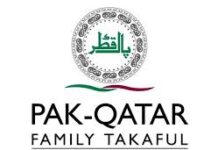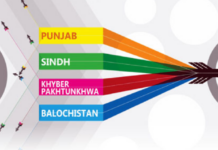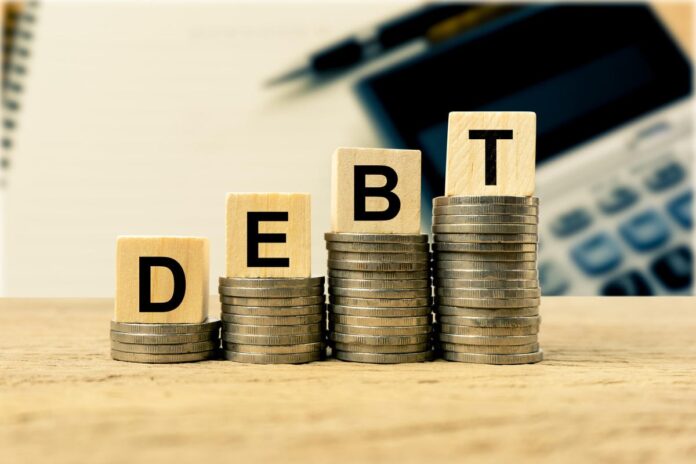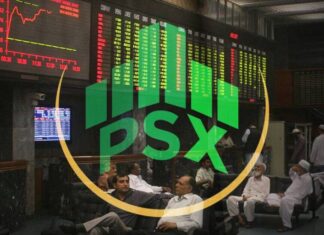Punjab’s external debt stands at approximately $6.1 billion, primarily sourced from long-term, concessional loans extended by multilateral and bilateral lenders, including the World Bank, Asian Development Bank (ADB), Japan International Cooperation Agency (JICA), and the International Fund for Agricultural Development (IFAD), as well as bilateral partners like China, Japan, and France, according to the official budget documents.
During the fiscal year 2024-25, Punjab’s total debt stock increased by by 1.5% year-on-year to Rs 25 billion. By the end of the current fiscal year, the province’s overall debt is expected to hit Rs 1,710 billion, up from Rs 1,685 billion in June 2024.
Of the total debt, Rs 1,709 billion is from external sources, while Rs 1.29 billion is from domestic lenders, making up 2.7 percent of Punjab’s Gross State Domestic Product. External debt rose by Rs 26 billion over the year, while domestic debt decreased by Rs 0.41 billion, a drop of 22.5%.
The budget report categorizes external debt into project loans, which finance long-term public infrastructure, and programme loans, which provide budgetary support tied to policy reforms or targeted spending.
As of June 2025, Punjab owes $4.81 billion to multilateral lenders and $1.29 billion to bilateral lenders. The external debt portfolio is predominantly denominated in US dollars (68%), followed by Special Drawing Rights (SDRs) at 23%, Japanese yen at 5%, and other currencies making up the remaining 4%.
Sector-wise, agriculture, irrigation, and livestock received the largest share of debt-financed investments, accounting for 24% of total outstanding loans. This was followed by transport and communications with 20%, education with 19%, and urban and community development with 17%. Other sectors, including governance, health, energy, tourism, and industries, received smaller portions of the total debt.
Officials have stated that despite the rise in total debt, the province’s debt-to-GSDP ratio remains low, with the majority of borrowing being concessional, aimed at funding key development projects.























